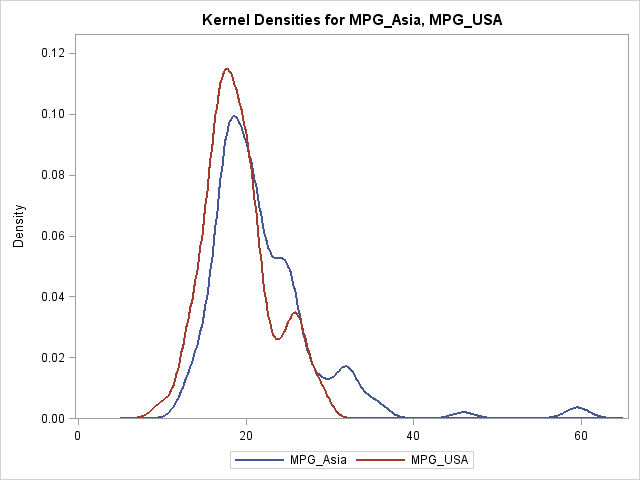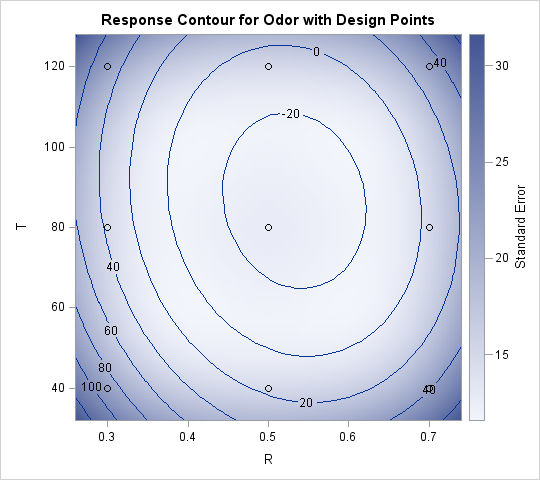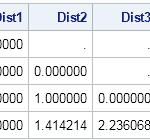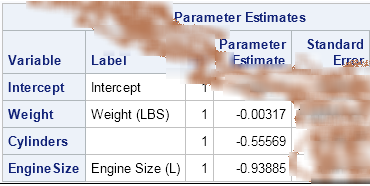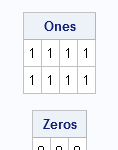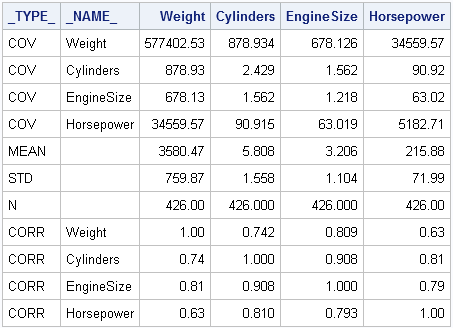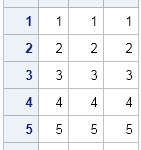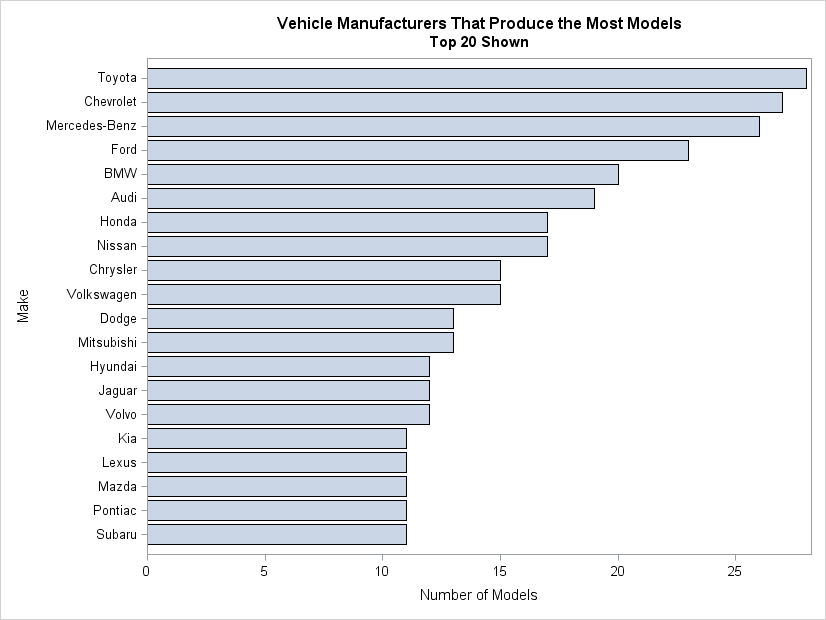
A SAS customer asks: How do I use SAS to generate multiple samples of size N from a multivariate normal distribution? Suppose that you want to simulate k samples (each with N observations) from a multivariate normal distribution with a given mean vector and covariance matrix. Because all of the



